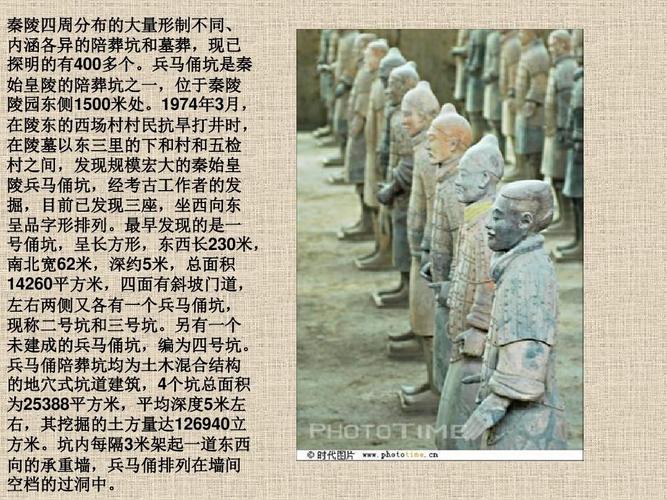
Why Terracotta is Good for the Environment
Terracotta is a natural and sustainable material that has been used for centuries for a variety of purposes, including pottery, building materials, and even art. Unlike many modern materials, terracotta has a minimal impact on the environment, making it an eco-friendly choice.
Natural and Sustainable
Terracotta is made from clay, an abundant and renewable natural resource. Unlike plastic or metal, which require extensive processing and the extraction of non-renewable resources, clay is readily available in many parts of the world.
- Abundant Resource: Clay deposits are found globally, reducing the need for long-distance transportation and minimizing the carbon footprint associated with sourcing the material.
- Renewable: Clay is a renewable resource, constantly replenished through natural geological processes. This means that using clay for terracotta does not deplete a finite resource.
Low Carbon Footprint
The production of terracotta has a significantly lower carbon footprint compared to other materials like concrete or steel.
- Minimal Processing: Terracotta production involves minimal processing. The clay is simply dug up, shaped, and fired in a kiln. This simple process requires less energy compared to the complex industrial processes involved in producing other materials.
- Low Energy Consumption: Firing terracotta in kilns does require energy, but advancements in kiln technology and the use of sustainable energy sources are further reducing the environmental impact.
Safe and Non-Toxic
Terracotta is a safe and non-toxic material, both during its production and throughout its lifespan.
- No Harmful Emissions: Unlike many industrial processes, the production of terracotta does not emit significant amounts of harmful greenhouse gases or other pollutants into the atmosphere.
- Safe for Water and Soil: Terracotta is inert and does not leach harmful chemicals into the surrounding environment, making it safe for use in water applications or when buried in the ground.
Biodegradable and Recyclable
At the end of its useful life, terracotta can either biodegrade back into the earth or be recycled.
- Biodegradable: When exposed to the elements, terracotta will slowly break down over time, eventually returning to its original state as clay.
- Recyclable: Broken terracotta pieces can be crushed and incorporated into new terracotta products, further reducing waste.
FAQs
Q: Is terracotta more expensive than other materials?
A: While the price of terracotta can vary depending on factors like quality and sourcing, it is often a competitively priced material, especially when considering its long lifespan and minimal environmental impact.
Q: Can terracotta be used in modern construction?
A: Absolutely! Terracotta is experiencing a resurgence in popularity in modern architecture and construction. Its durability, energy efficiency, and aesthetic appeal make it a versatile material for various applications, from roof tiles and wall cladding to flooring and decorative elements.
Q: Does terracotta require a lot of maintenance?
A: Terracotta is a relatively low-maintenance material. It is naturally resistant to mold, mildew, and pests. With proper sealing and occasional cleaning, terracotta can maintain its beauty and integrity for generations.